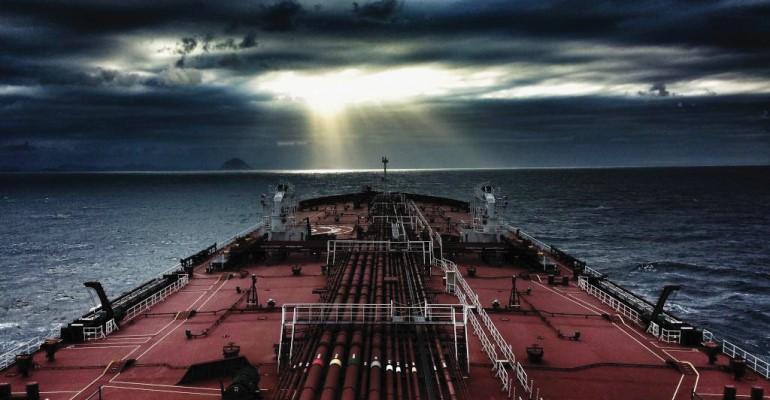By looking at Suez Canal transit data, an analysis by Signal Ocean Data showed the exposure to Red Sea disruption of trades by cargo and by vessel type. The data showed that of the worldwide ocean trade in fertilisers, around 20% moves via the Suez Canal, followed by around 13% of the world grain and steel trades, and clean petroleum products at around 10%.
By vessel type, the analysis showed that of the tankers transiting Suez, 21.6% were Suezmax and 37.6% were Aframax, while for bulkers 37.0% were Supramax, 23.8% Panamax and 22.0% Handysize.
Signal noted that in the tanker trade, freight market movements in the Suexmax and Aframax segments seemed to reflect their greater exposure to the Red Sea, with Suezmax rates on the West Africa to UK/Continent and Aframax rates in the Mediterranean trades trending up in recent weeks.
“The decline in vessel numbers foreseen in the Red Sea for the tanker segment has already reached a record low since the beginning of last year, resulting in an increase in WS rates for the Suezmax Wafr-UKC of more than 50% to a level of around 140 WS and Aframax Cross Mediterranean rates of over 200 WS. In the VLCC segment, a spike has also been observed for the West Africa to China run, with rates at around 70 WS,” said Signal.
The firm’s data also showed that for the suezmax market, rerouting 40% of voyages by the Cape of Good Hope as opposed to Suez would lead to a 10% increase in tonne-miles, with a significant impact on freight costs.
For the Black Sea to India route, “the distance traveled would be three times as long, which means that the freight would need to be almost double in order to achieve the same earnings (TCE)... the freight increase could be in the order of $4 million. This corresponds to an overall increase in transportation costs of the order of $7 per barrel,” said Signal.
Copyright © 2024. All rights reserved. Seatrade, a trading name of Informa Markets (UK) Limited.
Add Seatrade Maritime News to your Google News feed.  |

